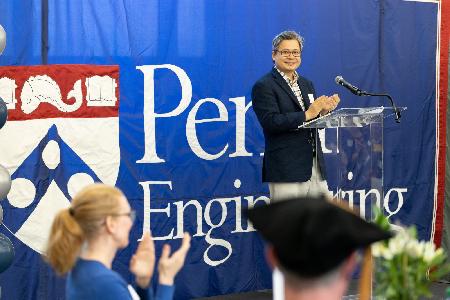Recent layoffs and hiring slowdowns at large tech brands have raised doubts about future growth within the sector. But examining these moves through a wider lens reveals they could help redistribute tech workers, delivering a silver lining for organizations that have long been starved for talent.
Tech talent at a premium
For the last decade or more, the technology industry has experienced a severe shortage of technologists. Pre-pandemic, this was driven by a growing thirst for talent by both well-known tech brands and a widening group of more traditional companies needing to expand their tech teams. As I’ve written before: Every company is now a tech company.
The pandemic only exacerbated this problem as digital transformation trends accelerated. With in-person everything on hold to prevent the spread of COVID-19, companies had to double down on digital transformation efforts, creating an even more urgent need for tech help.
From banking to food delivery, nearly every industry had to push its teams to expand digital engagement channels. Companies had to spin up remote work systems, build web store fronts, tap into the cloud for back-end support and more. All of this pushed a limited pool of talent to bursting.
Big tech’s hiring flex
Into this dynamic stepped deep-pocketed tech brands like Apple, Google and Amazon as well as startups funded by a healthy flow of venture funding. They all needed workers to keep up with demand and to fulfill their mandate to innovate.
With workers no longer hamstrung by geography and needing only a good internet connection, these companies were able to dangle large salaries and incentives in front of workers from around the world. Those of us in the industry began to see friends who had been at companies for a long time suddenly lured away by large salary packages and the prospect of remote work.
This left many nontraditional tech businesses like manufacturers, hospitals and city governments unable to meet their own tech needs. Supply was limited and salaries had put talent out of reach.
A healthier tech hiring outlook
Recent cutbacks at traditional tech firms provide an opportunity to rebalance the scales. According to Crunchbase, 28,000-plus tech workers have been laid off in 2022 through the middle of July for reasons including the looming recession, a return to pre-COVID consumer habits and over-hiring.
While this would normally not be good news, I see this as a net positive gain for the industry. Large firms can trim their sails and right-size efforts, businesses in desperate need of talent can now find help, and technologists can maintain employment. It’s the Great Technology Talent Redistribution.
The short-term pain of this constriction could be the inflection point we’ve been needing in the industry.
Not having technologists concentrated in a small number of companies will be healthier in the long run. Currently, the top four tech companies employ 20% of the tech workforce. That leaves the other 585,000 companies that use technology in the United States on the outside looking in for talent.
But the Great Redistribution is changing that dynamic. Consider that Capital One recently posted more job openings for technologists than Amazon. And a quick look of the newest job postings on John Deere’s site shows close to 200 openings in IT or technology.
These numbers are just a thin slice of the vast number of companies going without and the many tech projects that remain unfinished. The short-term pain of this constriction could be the inflection point we’ve been needing in the industry — a fast, efficient way to redirect proven tech talent to a wider set of companies and organizations.
Of course, closing the tech gap through layoffs is only a temporary fix to America’s tech talent shortage. As an industry, we must use this potential momentary reprieve to redouble our efforts around training, recruiting new workers, and building the infrastructure required to engage the next generation of diverse technologists.
Before you go...
Please consider supporting Technical.ly to keep our independent journalism strong. Unlike most business-focused media outlets, we don’t have a paywall. Instead, we count on your personal and organizational support.
Join our growing Slack community
Join 5,000 tech professionals and entrepreneurs in our community Slack today!

A new model for thinking about how to grow regional economies: the Innovation Ecosystem Stack

Delaware’s next governor will be an entrepreneur. Here’s why Matt Meyer thinks it matters.

Can the nation’s biggest cyber hub even handle Craiglist founder’s $100M security pledge?


